Network snapshot
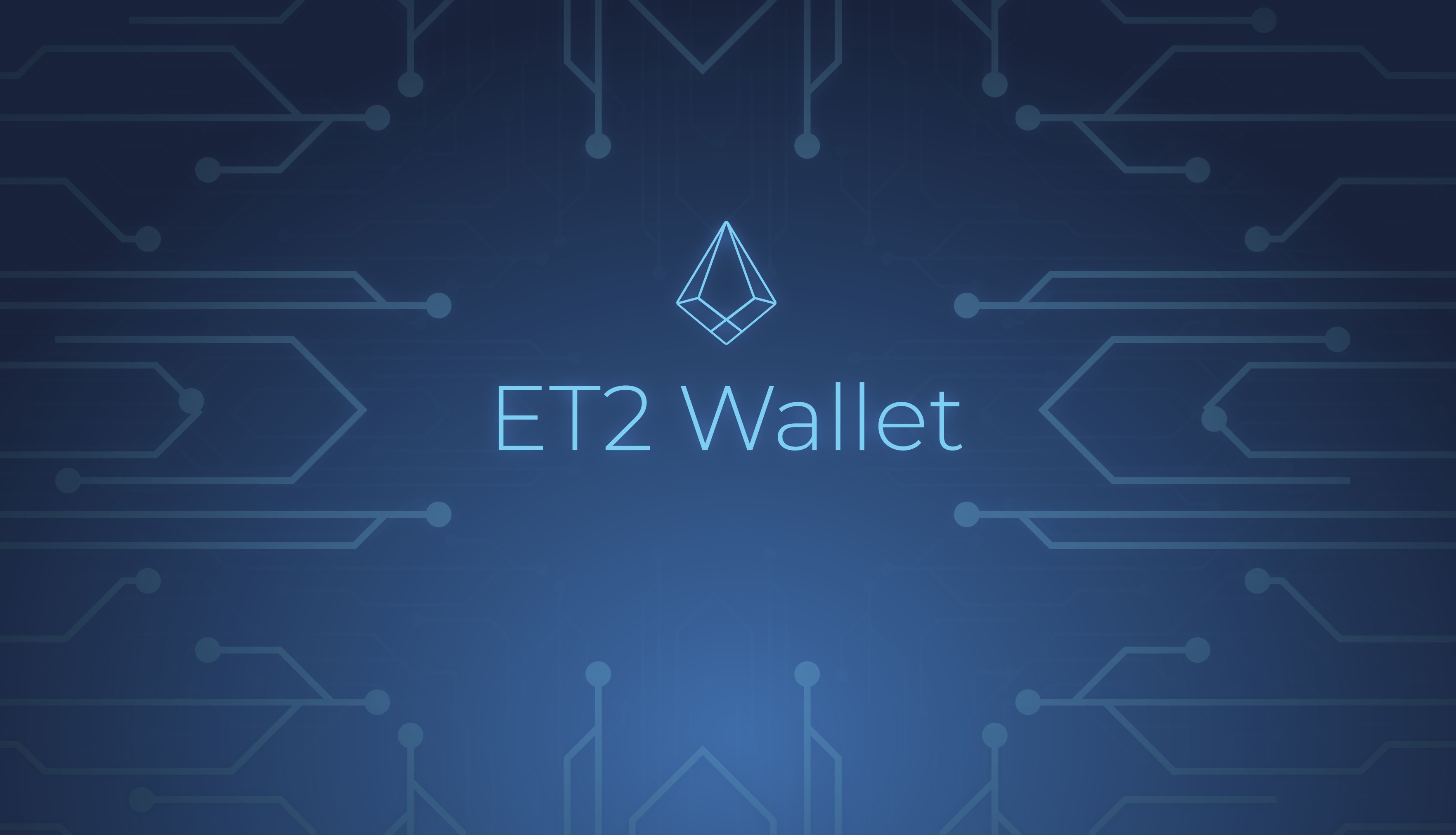
Dear users, the network snapshot will take place within an hour. The results of the snapshot will determine how many free ET2 coins each of you will get. Immediately after the snapshot we’ll begin the airdrop. To make sure that you get all your ET2 coins, you need to store your ether in a personal wallet (such as MEW) — and NOT on an exchange.
2Ether wallet launch and more info about the IEO platforms

Good news: we’ve launched 2Ether wallet! It’s a simple wallet that supports our coin ET2, plus ETH and ERC20 tokens. You can use it to receive your free ET2 during the airdrop, store your ether, and more.
2Ether ecosystem: mining, DEX, audit and IEO
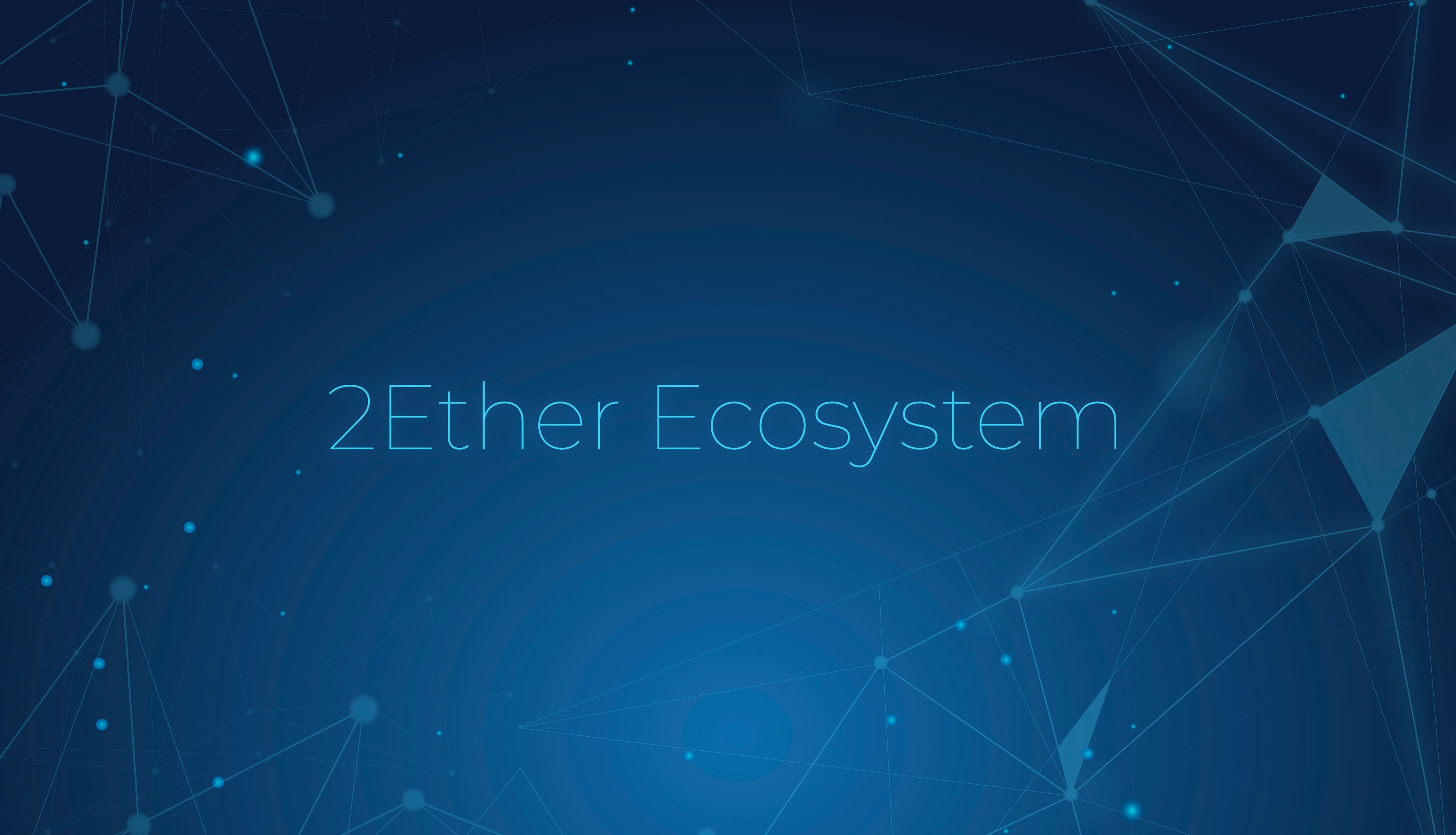
Only 5 days left until the launch of 2Ether! In just a few days, you’ll be able to get your free ET2 coins. It’s time to go over the main elements of our ecosystem and its advantages. 2Ether is not just a cryptocurrency — it’s a set of tools that will deliver real value to the crypto community.
2Ether network snapshot is coming
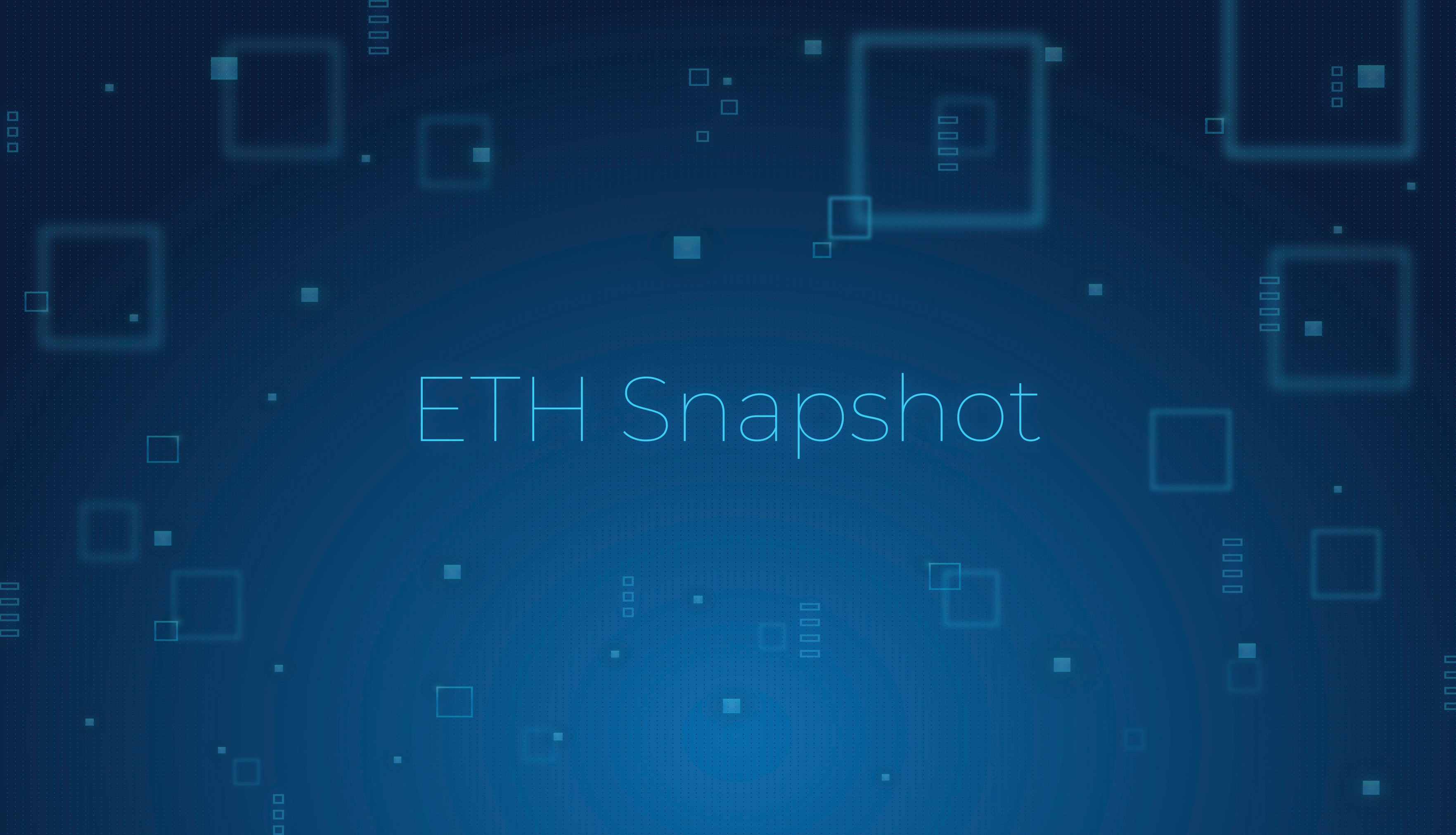
The big day is drawing near! On December 2, we will launch the 2Ether network. To celebrate, we will conduct a massive airdrop for all Ethereum holders. In today’s post, we’ll talk about how you can get your free ET2 coins.
Why trade on a DEX?

If you are following our posts, then you remember that we’ve discussed the disadvantages of both centralized and decentralized exchanges.
The key advantages of centralized exchanges

We’ve already covered the issues with centralized exchanges in our last post. We’ve seen that they are vulnerable to hackers, tend to manipulate the market, and can even close down, taking your money with them. But why does everyone use them, then? And do decentralized exchanges have an advantage?
Centralized exchanges and their risks
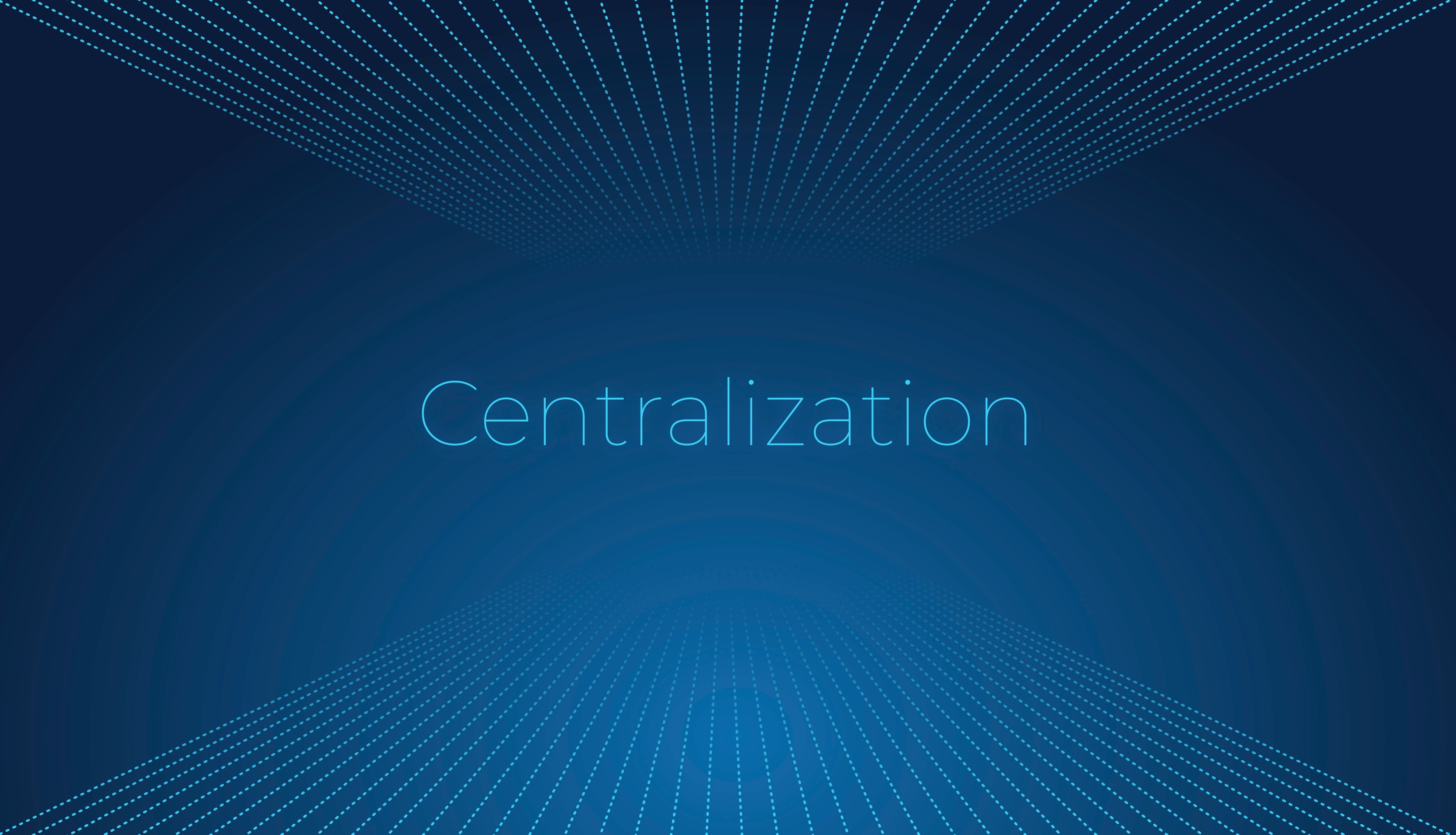
The ecosystem of 2Ether will include a decentralized exchange, 2EtherEx. How are decentralized exchanges — DEX — different from traditional centralized exchanges? Are they really better? What issues do they face? We’ll tell you all about it a series of posts. This time, we’ll look at centralized exchanges — why they have nothing to do with real decentralization and what risks they pose.
Are ASICs a real problem for Ethereum miners?
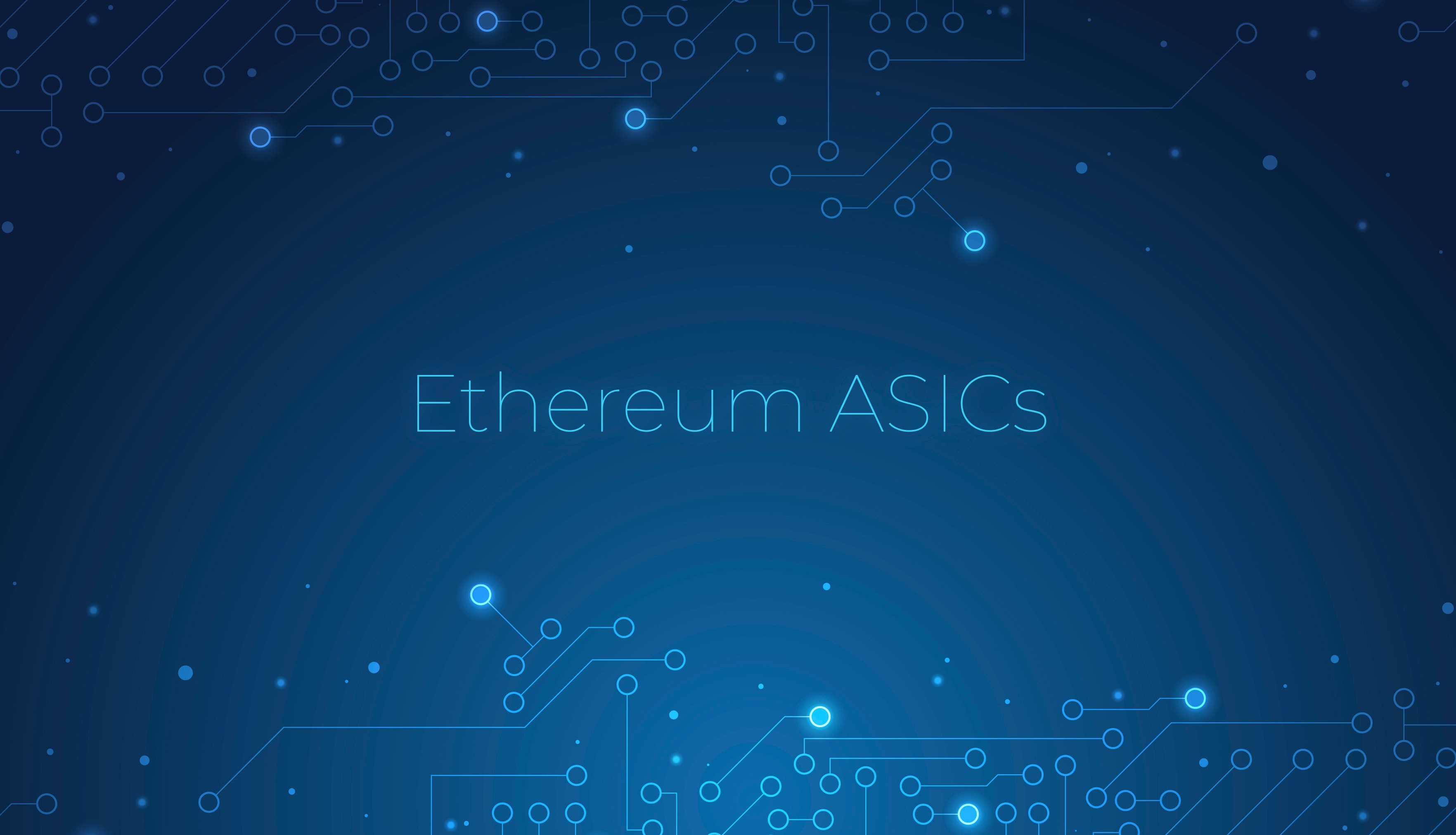
ASICs are coming to the Ethereum mining industry, and small independent miners are virtually doomed. 2Ether has come up with a solution — the third element in our dynamic block reward system. But before we explain it, we’ll have to talk about Ethereum ASICs.
2Ether dynamic block rewards: adjustment based on the market price
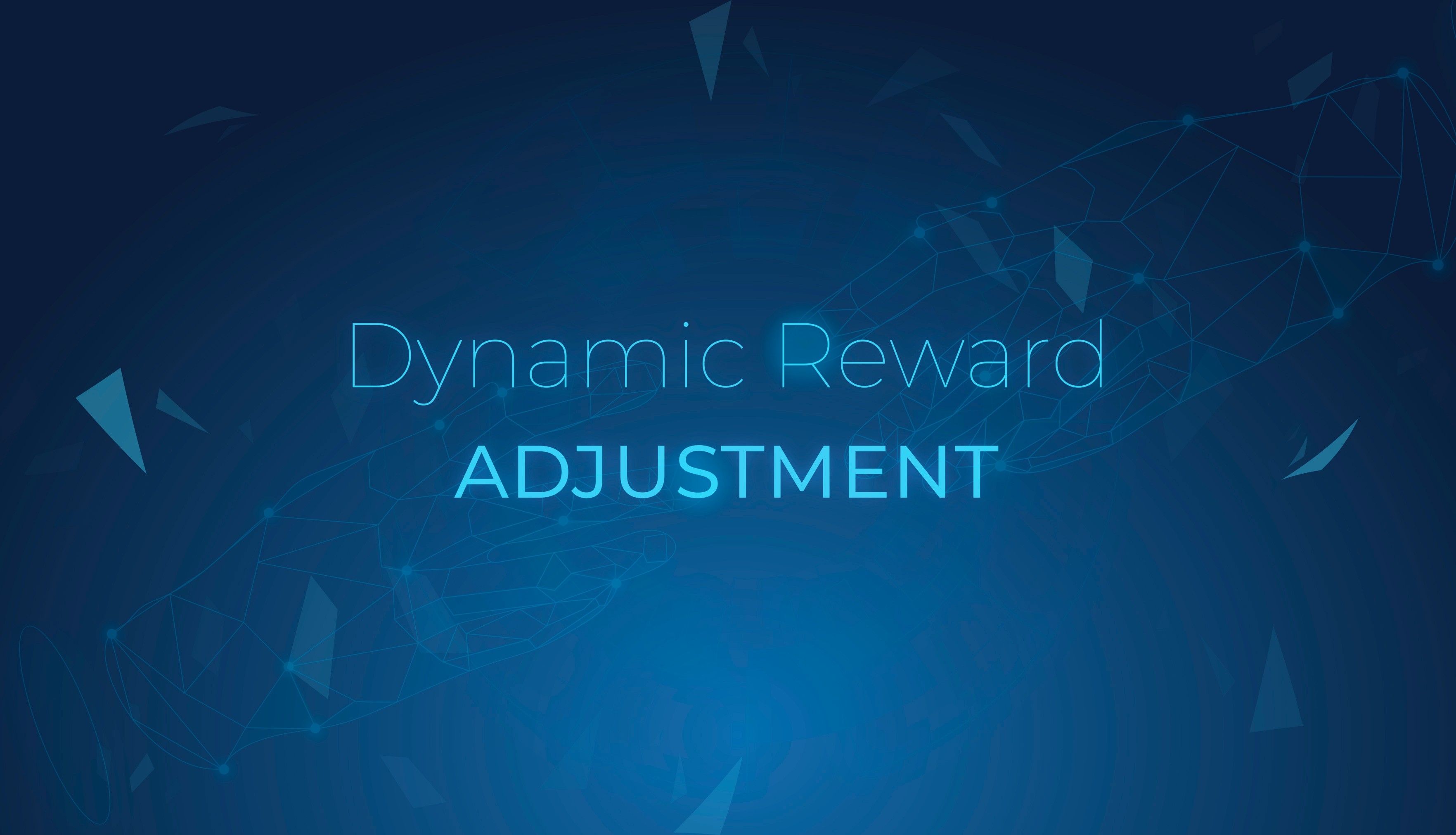
In our previous post, we described how the base block reward in 2Ether changes gradually with time to control inflation. In this article, we’ll see how miners’ rewards are adjusted depending on the market price.
Introducing 2Ether dynamic rewards
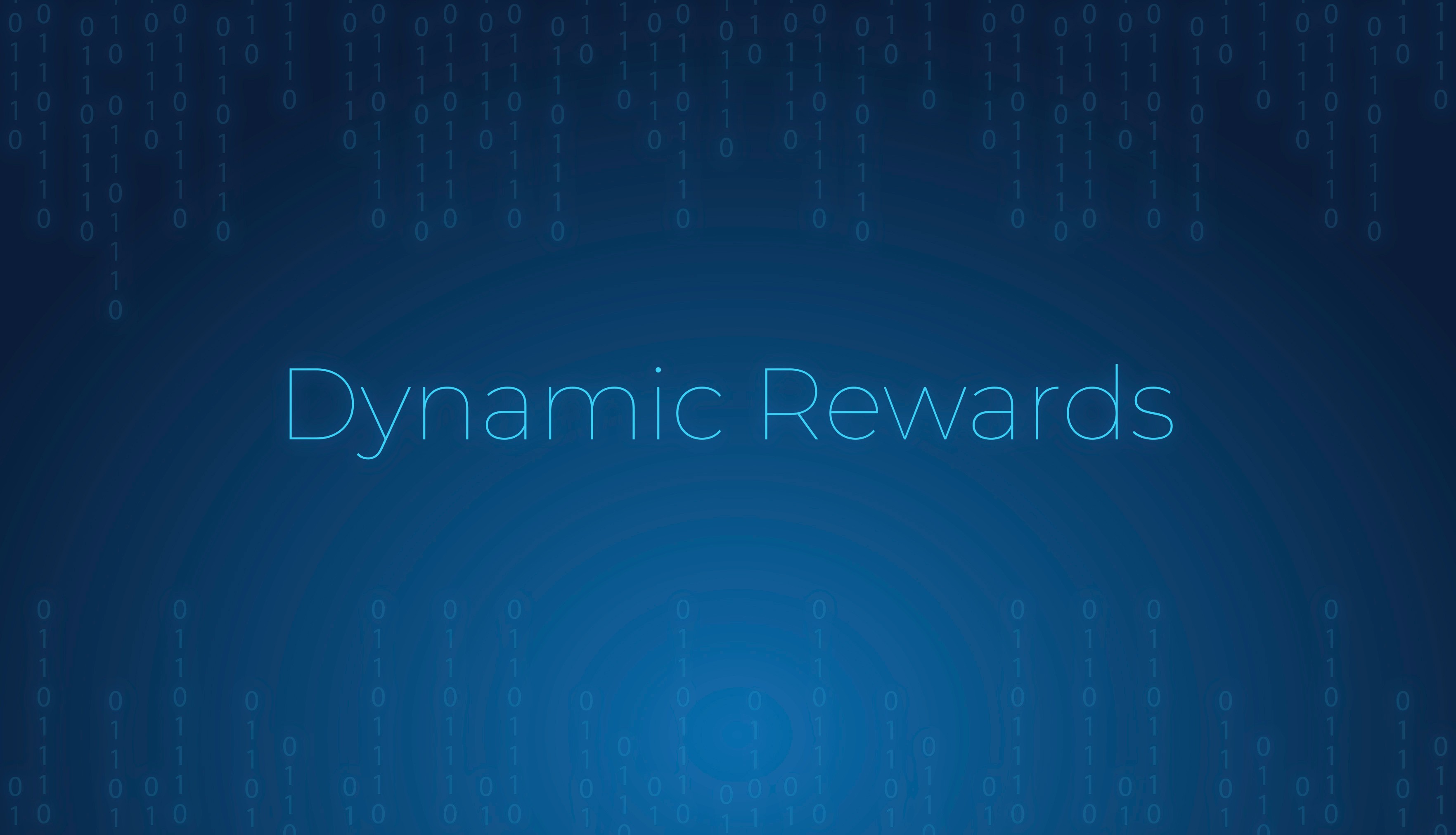
We’ve covered lots of ground in our previous few posts. How Ethereum miners earn their rewards, how these rewards changed through the years, what the thirdening and the difficulty bomb mean, and how the recent reward reduction affected small miners — all this is basic information that any Ethereum enthusiast must know. Now we are finally ready to tackle the key issue: how 2Ether will solve the issue of falling rewards and the inefficiencies of the whole reward system.